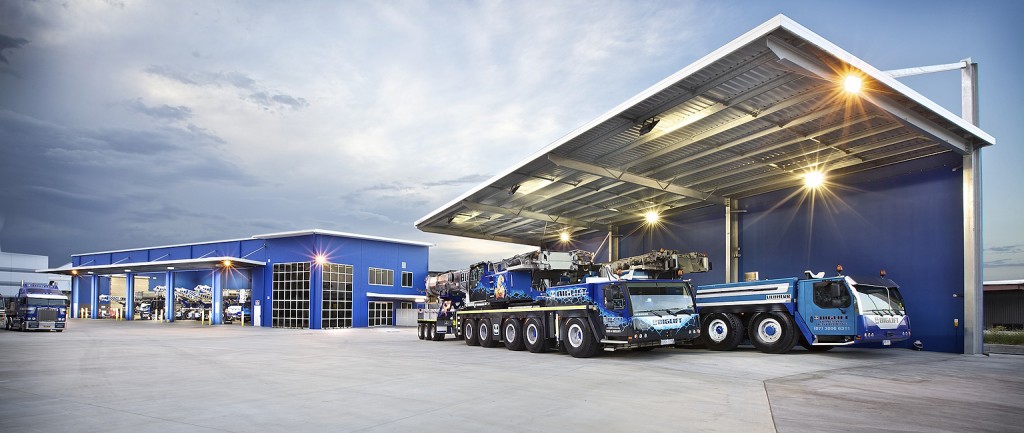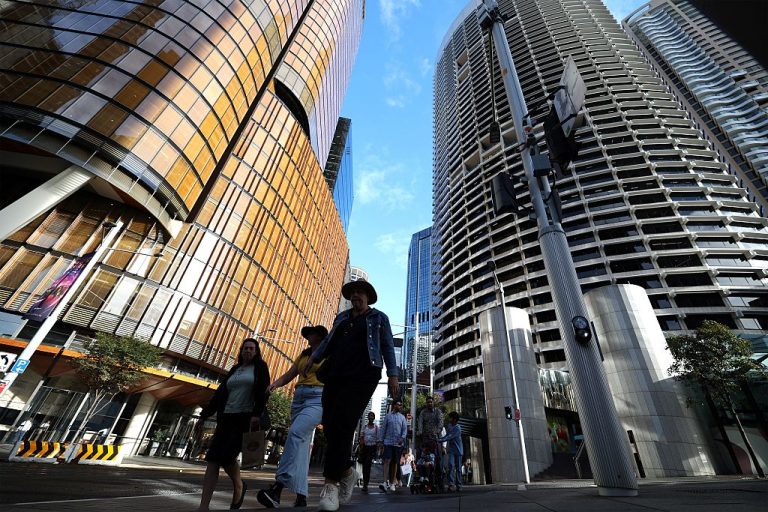Queensland industrial market weathering resources storm

The industrial market in south-east Queensland is fighting back against the impact of the contraction of the resources sector, with investors taking advantage of investment in infrastructure to develop large tracts of land.
Colliers International national director of industrial, Matthew Frazer-Ryan, says Brisbane and south-east Queensland have benefited from government and council investment in modern infrastructure, such as the completion of Legacy Way, which is assisting the region’s reputation for high-quality logistics.
His comments were supported by a CBRE report that found that Brisbane welcomed about 65,000sqm of new supply in the second quarter of the year across five projects, with the distribution warehouses at Freight St, Lytton, the largest contribution – comprising more than 40,000sqm.
CBRE’s 2015 Q2 Industrial MarketView says the Brisbane supply pipeline also remains strong for the remainder of the year, with 376,000 square metres due for completion by December, 2015.
The report found Brisbane saw just over $123 million in industrial sales transacted in the second quarter of 2015, bringing the year’s total to date to $175.9 million.

Queensland’s industrial market is fighting on, despite a downturn in the resources sector
CBRE found that after significant yield compression over the last 12 months, yields have stablilised, with super prime remaining at 6.50%, prime at 7.43% and secondary at 8.77%.
CBRE senior research manager Mark Lafferty says sales to be finalised in Brisbane in the second half of the year will give a better indication as to whether further yield compression is likely.
The market is rather flat … but I have found it promising that there are not a vast number of vacancies
Mr Frazer-Ryan says while the industrial market in Queensland’s regional cities has been weakened by the downturn in resources, businesses were turning to repairs and maintenance to stay viable.
Wave coming: Big deals have industrial market set to soar
“The market is rather flat … but I have found it promising that there are not a vast number of vacancies,” he says.
“Businesses are doing it tough but by refocusing and recalibrating their focus on repairs and maintenance, they are making their businesses viable.”
Mr Frazer-Ryan says while this means the market is not strong from an investor’s point-of-view, leasing is in the tenant’s favour.

More than $123 million of industrial property sold in Queensland in the second quarter of the year
“Tenants have the ability to negotiate very favourable long-term leasing deals. It’s a great opportunity that has probably not been seen for 10 to 15 years.”
CBRE predicts that Brisbane is unlikely to see upward movement in rental performance until 2017.
Overall, CBRE found that the Australian industrial market was set to continue its upward momentum, with a bourgeoning deal pipeline in the second half of the year set to eclipse the $5.4 billion of sales recorded in 2014.
Despite subdued transaction activity in the first half of 2015, CBRE says a number of significant deals are due to cross the line over the next few months.
Businesses are doing it tough but by refocusing and recalibrating their focus on repairs and maintenance, they are making their businesses viable
In the first half of 2015, $878 million in industrial property changed hands – the slowest start to a year since 2010.
CBRE regional director of industrial and logistical services, Matt Haddon, says: “Given the strength of investor appetite at present, new prime logistics opportunities coming to market are being snapped up by buyers eager to gain a footprint in what is increasingly regarded as a highly attractive sector.”
The report showed residential rezoning was placing pressure on industrial markets across the country, with supply shrinking as developers buy up land for higher and better use options.
“This change of traditional industrial land use trend will increasingly bring new tenant enquiries to the market and stimulate development and investment supply, as occupiers relocate to free up sites earmarked for higher and better use,” Haddon says.







